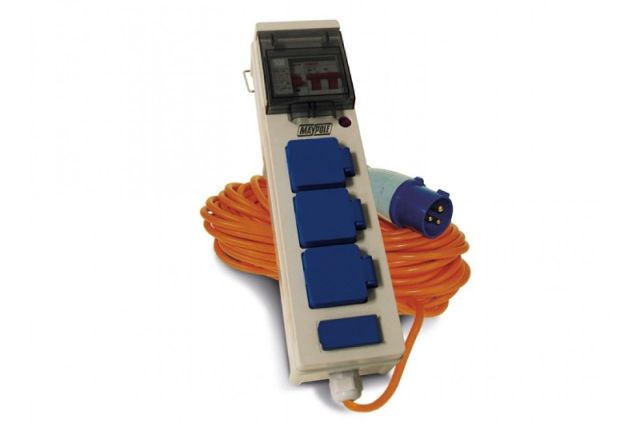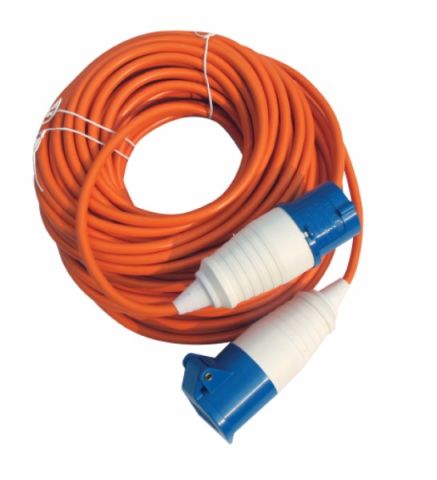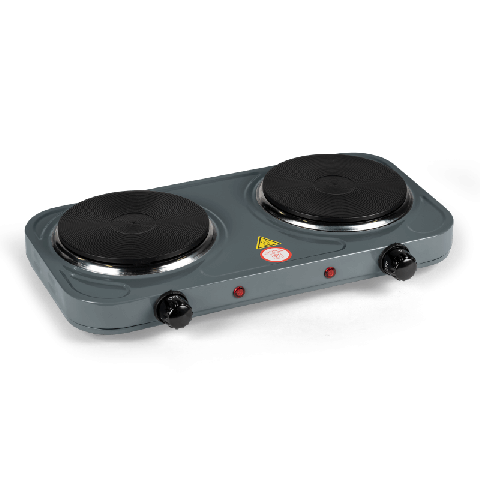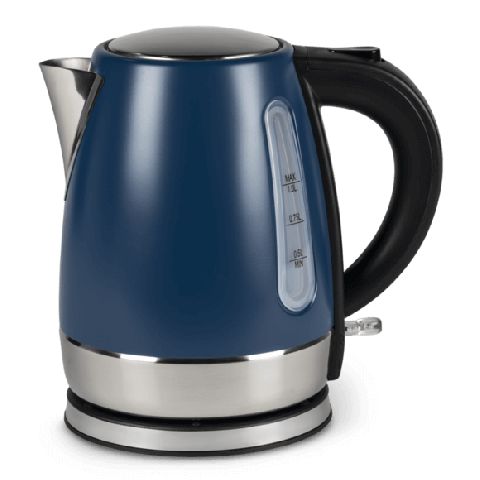Camping and Electricity
Although many campers love to get away from it all when they break free of the towns, many prefer to travel with their comforts including a few electrical appliances. Today, we’re going to discover what you need to know about how to power your electrical devices at the campsite.
Today, we’re going to discover what you need to know about how to power your electrical devices at the campsite. There are two main methods, in addition to solar power which we will be looking at today:
Power pack
A leisure battery is like a car battery and provides the same 12v supply. They provide an excellent source of power from when you’re away from the mains supply. They will power anything from toilet flushes to phone chargers to caravan movers and some televisions.
Most folding campers, caravans and motorhomes have a leisure battery installed. All you need to do is to keep it in good condition so that it’s ready to use on your next camping trip.
A mains hook-up
You’ll find a main hook-up on most commercial campsites. They deliver a 230v supply which can power any appliances that you brought with you from home. However, you will need to be careful to not overload them when using them as they will have restricted supply of power and could ‘trip out’ if you plug in too many items.
If you were to trip the supply, you will secure a campsite scoring of ‘unpopular’! You’ll need to contact the manager of the site so that he can reset the system. If it’s wintertime and cold, you’ll be more even unpopular with your neighbours!
Use electricity with care
As you are aware, electricity can be dangerous, even more so in the open air where it can be damp. You can even get a nasty shock off a 12v battery if you’re not careful. If you take the right precautions, it’s possible to make the best of any available electricity. You will need to use a purpose-built lead to bring electricity into your tent. You will need to plug that into your unit, and then into the site’s bollard so that you do not have a ‘live’ lead in your unit.
You might want to use a 25m length of cable to ensure that your cable is long enough to connect to the hook-up bollard. If you are closer than that to the bollard, be sure to uncoil your lead to prevent it from overheating. Avoid using extension cables.
And if you want any inspiration as to what you could take with you on your trip, you can browse through camping electrical accessories on our website!










